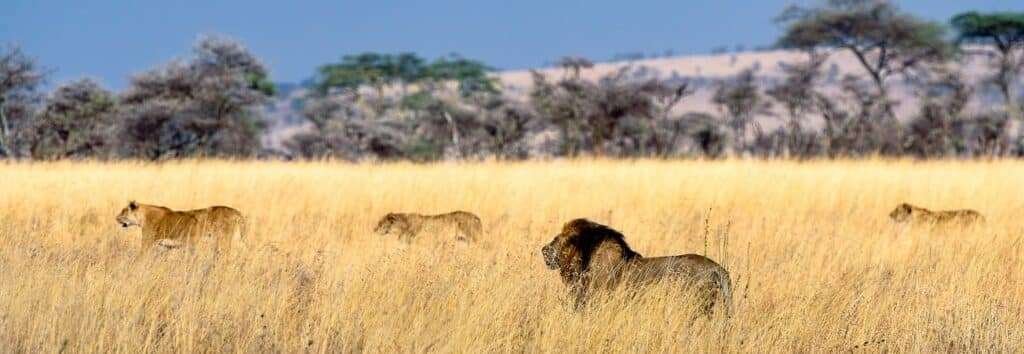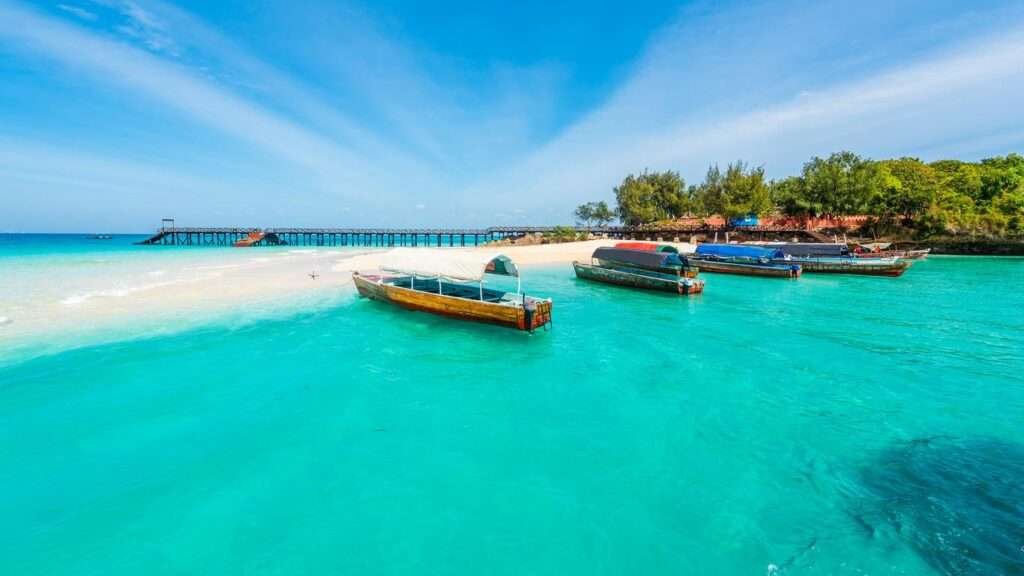7-Days Tanzania Family Safari Holidays: Discover the natural wonders and incredible wildlife of Tanzania on this 7-days family safari, with comfortable lodges and permanent tented camps. Spot large herds of elephants in Tarangire National Park and go in search of the Big Five across the vast and beautiful plains of the Serengeti. Enjoy a wildlife spectacle in the Ngorongoro Crater, visit historic Olduvai Gorge and look out for tree climbing lions in Lake Manyara National Park.



















